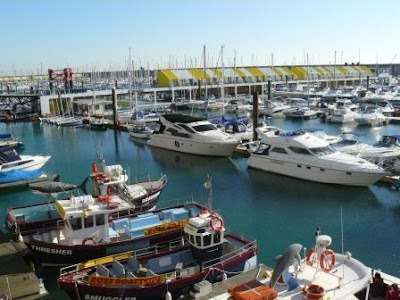Can a bunch of rocks (be them gemstones), crystals and other objects with ‘magic powers’ offer answers to any of human being’s most burdensome questions?
Do they know where are we coming from and where are we heading to? Should we revere them as our ancestors of billions of years ago?
Can they predict our future, helping us avoid its traps and take advantage of opportunities? Can they lead us on the path to happiness?
Can they make our death, if not avoidable, at least meanigful? Can they take save us or somehow help us save ourseleves from meaninglessness?
What does matter know about our minds, bodies and spirits? Oh, if we were to look through Darwinian horse glasses, maybe it could all make sense!
As long as even our dreams and feelings are but ‘chemical reactions’, as many ‘wise’ scientists say, it appears logical that matter knows more about us than we know ourselves.
There is no God, no ultimate moral authority, there’s but an array of ‘laws of physics’, smart guys like Stephen Hawking claim from the soapbox height of their ‘scientific authority’.
Others, wiser than the above mentioned ‘wise people’, exploit the need for answers or (maybe more likely) for ‘having fun’ of many.
Thus they open stores like this Psyche’s Garden (in St Andrews) selling stones that “alleviate pains,” “dissipate negative emotions” or “facilitate meditation and stimulate the third eye.”
They may not truly believe that Yoga, Shamanic and Wiccan traditions, Tarot, Astrology, and this ‘spiritualised’ Mineralogy, held any valuable answers for mankind.
As business savvy people, they have just find out how to profiteer in a world where ‘spiritual goods’ can be traded like any other things.
It may be profitable enough to sell little stones as if they had any miraculous powers, as if they could open doors for answers to question of spiritual nature.
They don’t. They are all hoaxes of funny ways of killing one’s time, although there’s really nothing fun about wasting time.
The interest in these stones – be it expressed as part of a genuine ‘spiritual quest’ or ‘just for fun’ – only proves how much in need of their Maker people in secular societies are.
There’s an unquenchable thirst for a meaning, for something deeper and greater than all the prefabricated meanings offered as tradabele goods or cultural values.
Sadly, people don’t realize that the meaning of life is but one and there are not alternative choices available, like there are plenty in the consumerist world we are living in.


















































